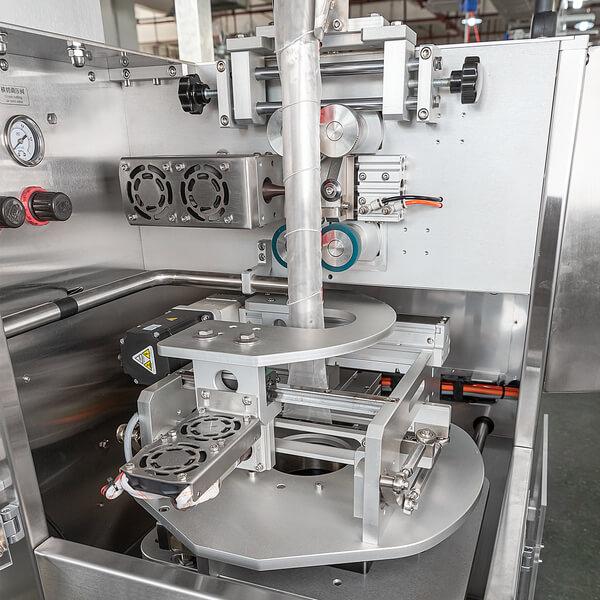A new study shows the optimisation and application of a lightweight epoxy composite coating for autonomous air-to-deep sea vehicles.
Unmanned, autonomous air-to-sea vehicles, fully capable of transitioning between the two mediums, have only recently become technologically possible and have attracted great interest due to their numerous applications. However, current vehicles are unable to withstand the environmental conditions of the deep sea, especially with regards to their electronics. Previous methods for protecting electronics in the deep sea are not optimised for transitions to air. ,
Coating thoroughly characterised
Now a novel, lightweight, thermally-conductive, easily processed, mechanically robust, epoxy-based nanocomposite coating has been presented. The material was developed with the intention of bringing a multi-domain air-water drone to the deep ocean. In the work, the coating is thoroughly characterised and demonstrated to protect electronics submerged in water at high-pressure benchtop conditions as well as in an actual deep sea mission. The coating is also contrasted against unmodified epoxy, as well as commercial syntactic foam, and deemed superior for this application.
The study has been published in Journal of Coatings Technology and Research, Volume 19, September 2022.
